
July 27, 2022
A long time ago in a galaxy not so far away …
Two VCUarts professors honed their movie-magic skills at Lucasfilm’s Industrial Light & Magic.
Share this story
George Lucas wanted “Star Wars” to be unlike anything ever seen before. (He succeeded.)
To make what turned out to be one of the most successful, beloved and influential films of all time, he needed to use special effects that lived up to his imagination.
They didn’t exist.
So in 1975, Lucas created Industrial Light & Magic, Hollywood’s premier visual effects studio, to bring his vision to the screen.
As Disney+ prepares to debut “Light & Magic” — a docuseries detailing the history of ILM — on July 27, two Virginia Commonwealth University professors are reflecting on their own time at the company and the skills they developed that they now share with their students in the visual effects minor.
A nimble and adaptive approach
The VCU School of the Arts minor, designed for students who want a professional career in postproduction and visual effects, combines art and technology for a broad understanding of digital visual effects.
Matt Wallin, a professor of communication arts, and TyRuben Ellingson, senior director of narrative media, director of VCU Cinema and an associate professor of communication arts, launched the minor two years ago to share the creative methodologies they’d learned during their collective 13-plus years at ILM working on films such as “Jurassic Park,” “Jumanji” and “Star Wars: Special Editions.”
“One of the goals is to try to move into a more nimble and adaptive approach to teaching creative problem-solving and avoid some of the more calcified aspects of traditional academia,” said Wallin, a member of the Visual Effects Society, a global professional honorary society. “I had a colleague once tell me that they didn’t teach students ‘how’ to do work, but rather only ‘why’ they might want to. The visual effects minor and concentration seeks to do both. ‘How’ and ‘why’ are equally important in the emerging fields connected to [artificial intelligence], machine learning and their creative application.”
The high demand for skilled artists, industry technicians and the team-oriented, creative problem-solving required to achieve successful visual effects goes beyond the screen, Wallin said. The program’s critical thinking and observational skills can be applied to many different career trajectories.
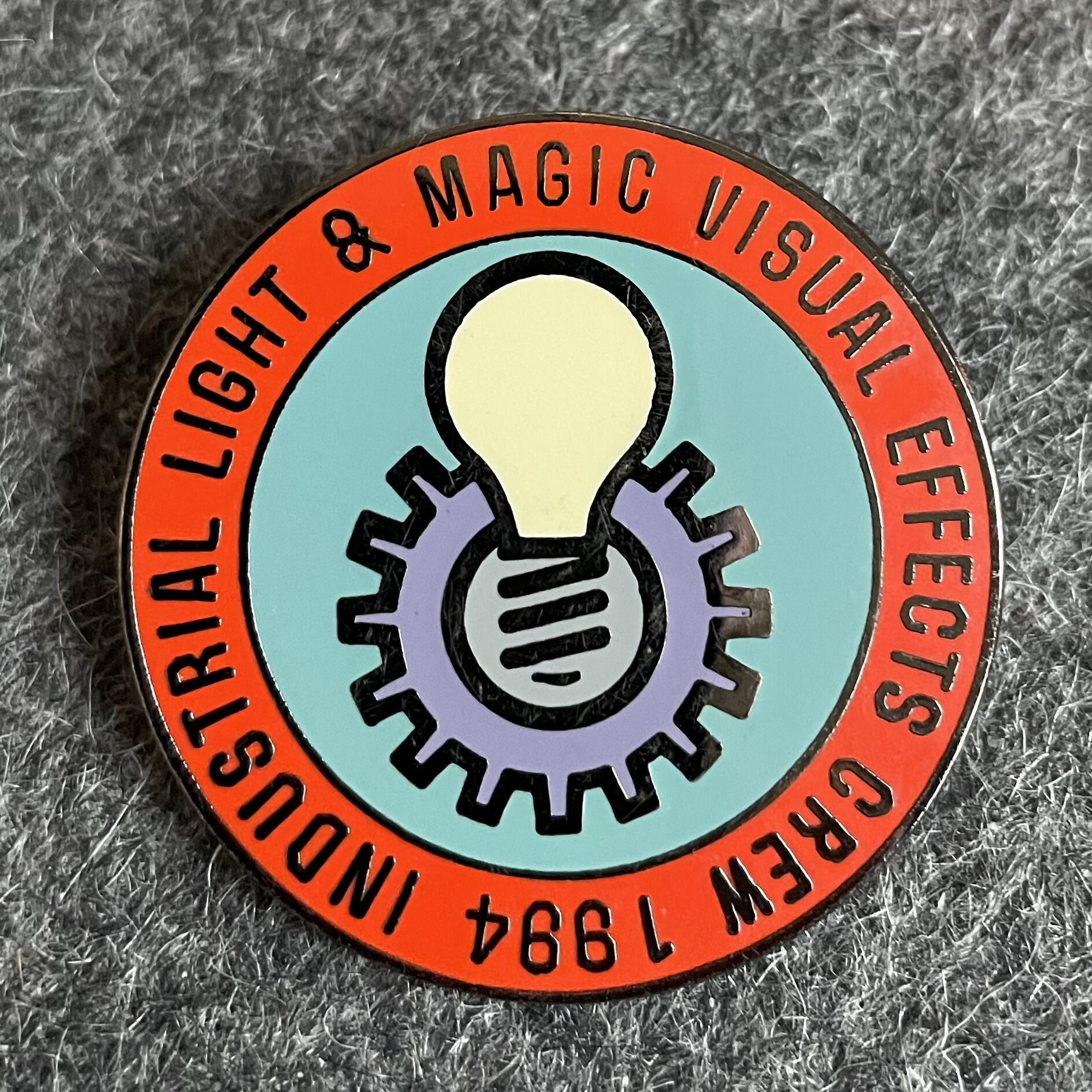
Which is why students seem to be embracing the program.
In addition to students from the School of the Arts, “we also get students from other disciplines,” Wallin said. “Students from engineering, the humanities, sciences can equally find footing in the minor. Some days we might need to work with motion capture data to animate a creature while another group may be working on fluid and thermal dynamic simulations.
“A minor in VFX can be a gateway to unlocking new ways of thinking, seeing, working with others, and engaging in complex creative problem-solving. It’s hard work but it’s also a great deal of fun.”
‘Anything is possible if you’re willing to try’
Wallin was 7 when “Star Wars” came out and “rewired” his brain. “From that point on, I always dreamt of working in the film industry,” he said.
During his last semester at San Francisco State University, he got an academic internship at Industrial Light & Magic’s art department. There, he met Ellingson, a visual effects art director. It was 1992.
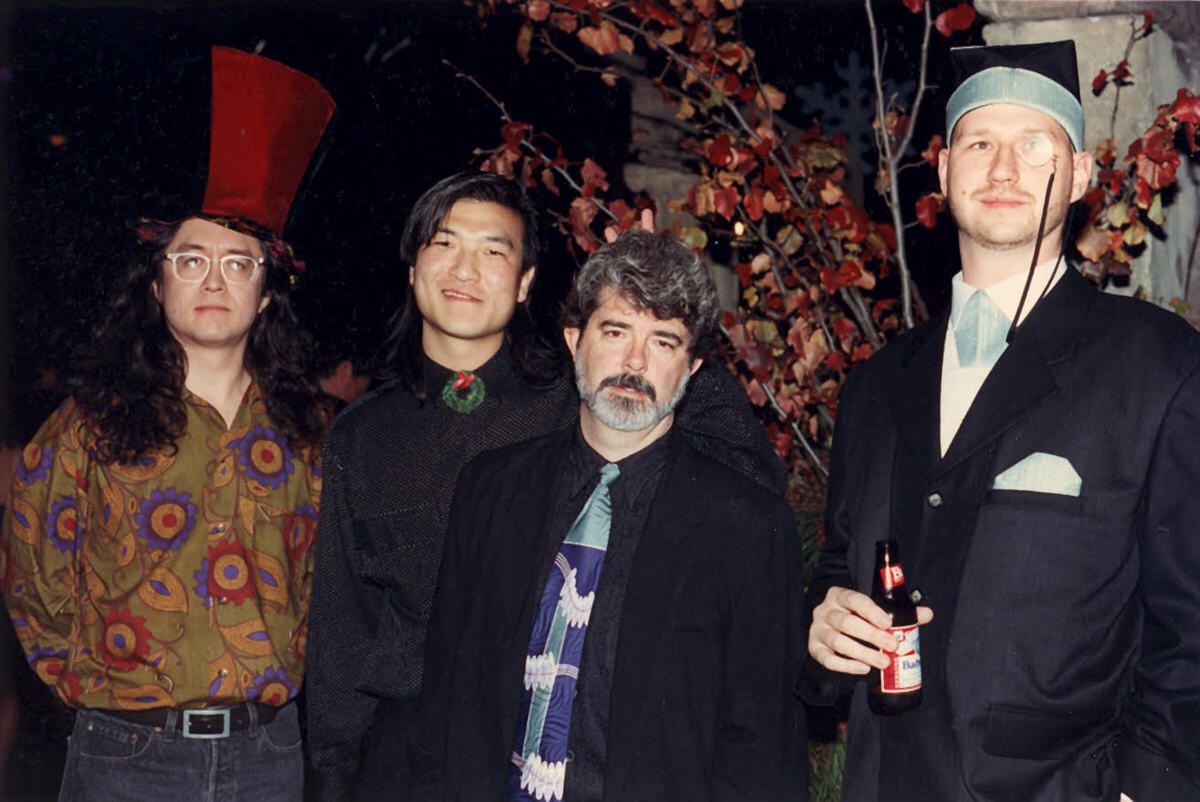
Two years earlier, Ellingson had made finding a way into ILM his primary mission in life.
“Through relentless creative effort, networking — with landline telephones — and always being flexible and quick to act, I managed to get a foot in the door that I just would not take out,” he said. Ellingson stayed until 1995, returning from time to time in subsequent years as a consultant.
Art direction is a specialized role that’s part of a core team assigned to each movie. Tasks include drawing storyboards and designing elements such as robots, spaceships and creatures. “It was challenging, but really awesome,” Ellingson said.
Wallin’s internship turned into a full-time position as he learned computer graphics on the job. The tools and techniques developed at the time became the foundations of everything we see in movies and television today.
During Wallin’s tenure, Lucas experimented with ILM’s new digital technologies to add and fix shots in the original “Star Wars” trilogy. For several new sequences, he needed to shoot elements and inserts to create the work he wanted. One sequence for the special edition of “Star Wars: A New Hope” extended the Mos Eisley arrival scene.
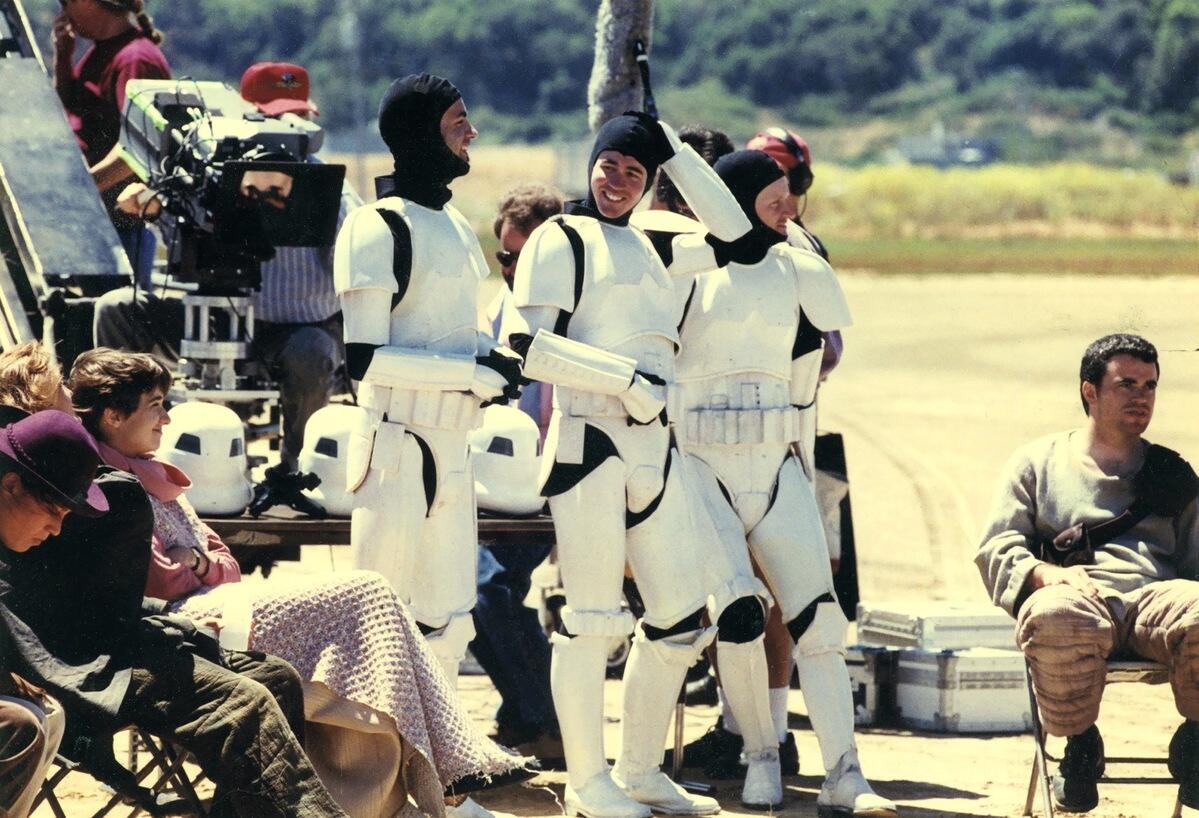
“For this, they needed people to serve as extras in costume,” Wallin said. “Several of my co-workers were decked out in costume as citizens of the city going about their business. I got the chance to be an extra in a stormtrooper costume patrolling the town looking for R2-D2. It was a fun day at work to be sure.
“I will sometimes tell students that I’m one of the few people they’ll ever meet who got to time travel. I got to work on — and am actually ‘in’ — the movie that inspired me as a kid to want to work in the film business.”
Ellingson never appeared on screen, but he did inspire a blink-and-you’ll-miss-it bit in 1993’s “Jurassic Park.”
To animate a sequence of stampeding Gallimimuses, the special effects team thought they could learn a great deal about the frantic dinosaurs’ likely actions if they acted out the sequence themselves and filmed it, Ellingson said.
Propping up giant drainpipes in a position similar to the scene’s fallen tree, the cameras and crew ran, jockeying this way and that, back and forth, and then jumped over the big plastic obstacle.
“As a kid, I spent the majority of my time working in my father’s basement studio drawing and painting, and as such, not too much time was spent developing quality athletic skills,” Ellingson said. “Jump ahead 20 years to that day in a parking lot behind ILM, and it’s not too surprising that when it was my turn to make the jump, I couldn’t muster the necessary height to escape the imaginary alpha predator closing in on me.”
Instead, he caught a toe on the plastic log and quickly found himself heading face first toward the blacktop. Instinctively thrusting out his right arm to break the fall, he wound up breaking his arm instead.
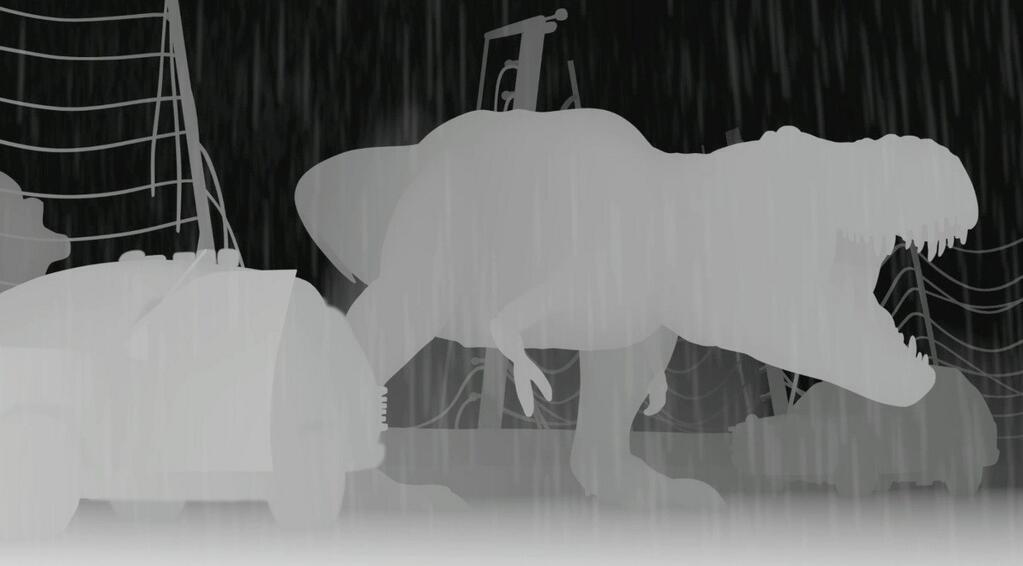
“Upon seeing the footage, Phil Tippett, the movie’s director of animation, declared, ‘If Ty took this unexpected fall, then one of our Gallimimuses would most likely have done the same!’ So indeed, in that sequence, if one looks closely, there is a Gallimimus who takes a tumble. However, rather than ending up in the hospital, it leaps right up and out of frame.”
Ellingson is not sure if the “Light & Magic” docuseries will feature this particular footage [editor's note: it does, in episode six, aptly titled "No more pretending to be dinosaurs"], but he and Wallin are sure to recognize many of the behind-the-scenes photos and videos featured.
“The documentary series is exciting as it sheds light on the company culture and does a deep dive into ‘why’ and ‘how’ the company has been so successful,” said Wallin, who hosts a weekly podcast featuring conversations with former Industrial Light & Magic employees. “ILM had to invent new ways of working to address the needs of projects and, in doing so, it changed the 100-year-old film industry and the world forever.
“It changed how I think, how I work, how I learn, how I see, how I go about looking for solutions to problems. I believe anything is possible if you’re willing to try.”
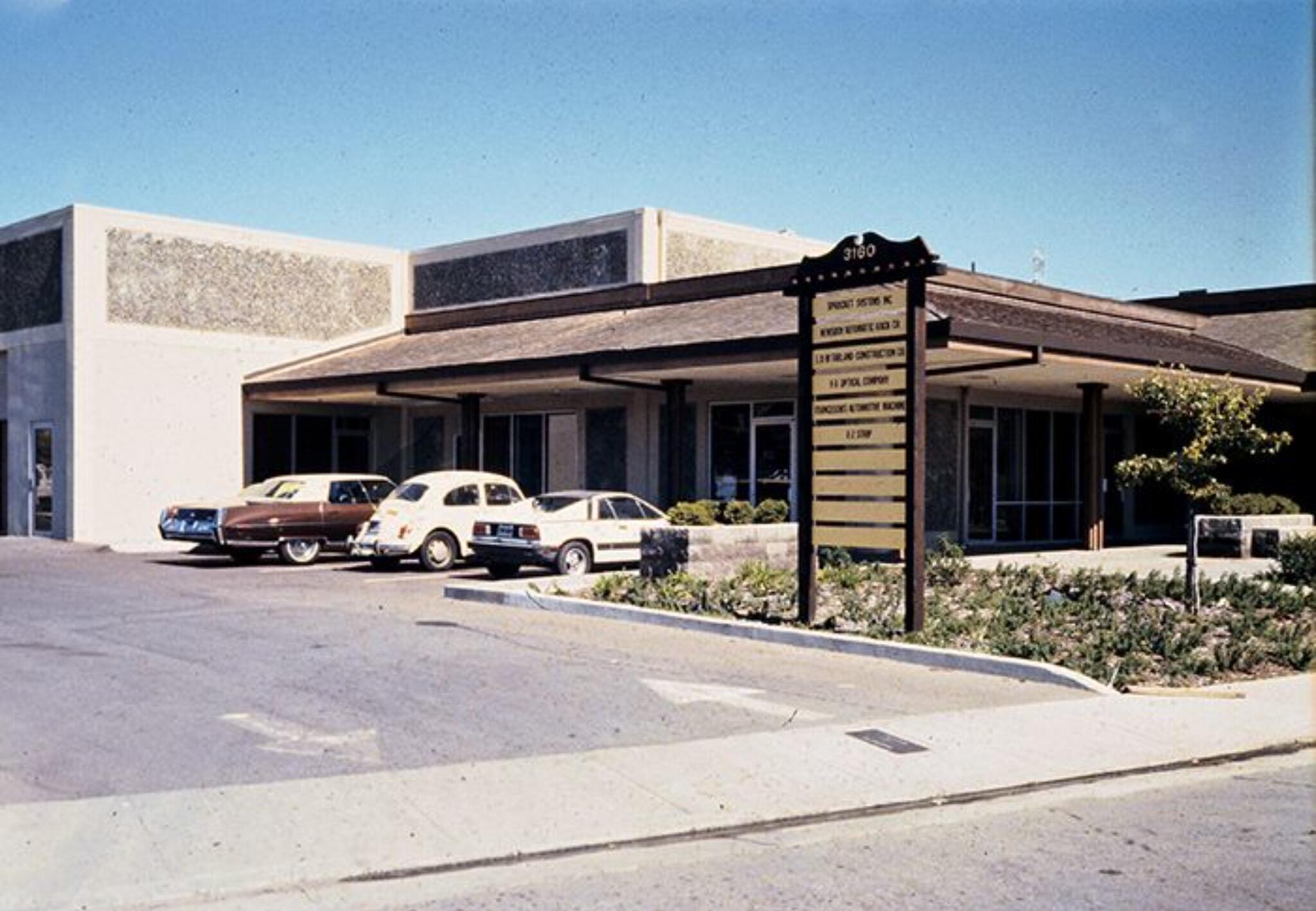
Subscribe to VCU News
Subscribe to VCU News at newsletter.vcu.edu and receive a selection of stories, videos, photos, news clips and event listings in your inbox.













